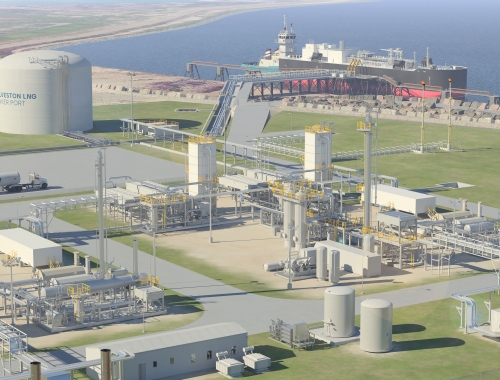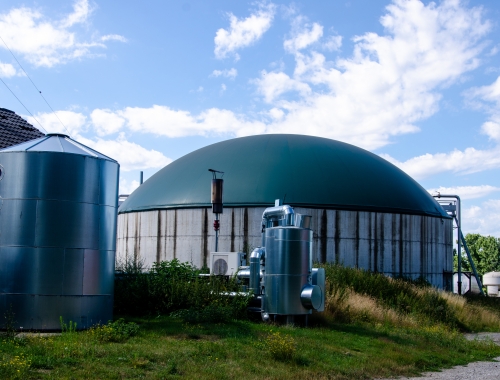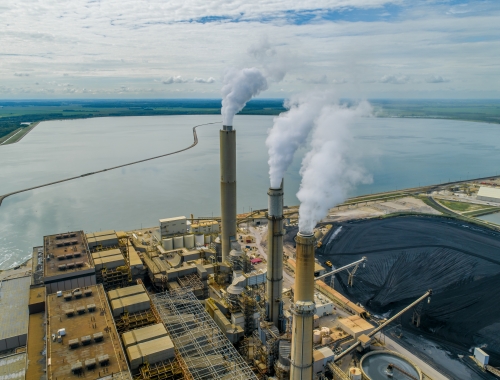Scepter set to deploy balloon-based methane detection
SUMMARY
Balloons will be added to satellite, aircraft and drone deployments. [Image credit: Sceptre]
By Dale LunanPOSTED IN:
US methane monitoring company Scepter said November 14 it was set to deploy methane-detection sensors on stratospheric balloons, with the first units to monitor emissions over ExxonMobil’s operations in the Permian basin.
“These balloon sensors in the stratosphere enable us to turn on our methane information service offering now,” Scepter CEO Philip Father said. “Active regional operations are a stepping stone to our ultimate goal of launching sensors in space, in low-Earth orbit, with satellites to monitor emissions globally and in real time.”
The balloons will carry hyperspectral sensors operating in short-wave infrared capable of detecting and measuring emissions down to 50 kg/hour of methane and lower, which equates to a moderate-sized industrial leak. The balloons can also remain stationary over long periods, detecting intermittent leaks that are often missed by fly-by drones, aircraft or satellites.
Scepter will launch its first balloon in January 2023, initially covering ExxonMobil’s areas of interest in the Permian. A second balloon will be deployed in April to cover other areas of interest in the Permian, including operations of Pioneer Natural Resources, Chevron, Occidental and others.
The company hopes to partner with state-run oil and gas companies to deploy balloon-based sensors in Asia and the Middle East in 2023, and in 2024 to begin launching its constellation of sensors on low-Earth orbit satellites.








